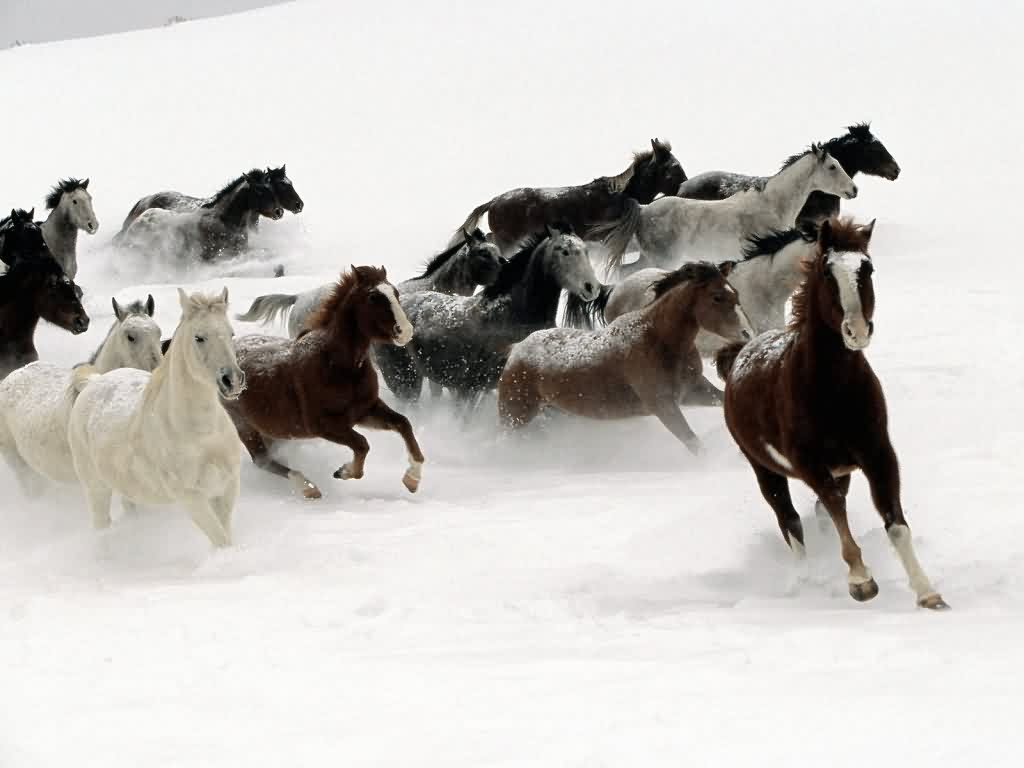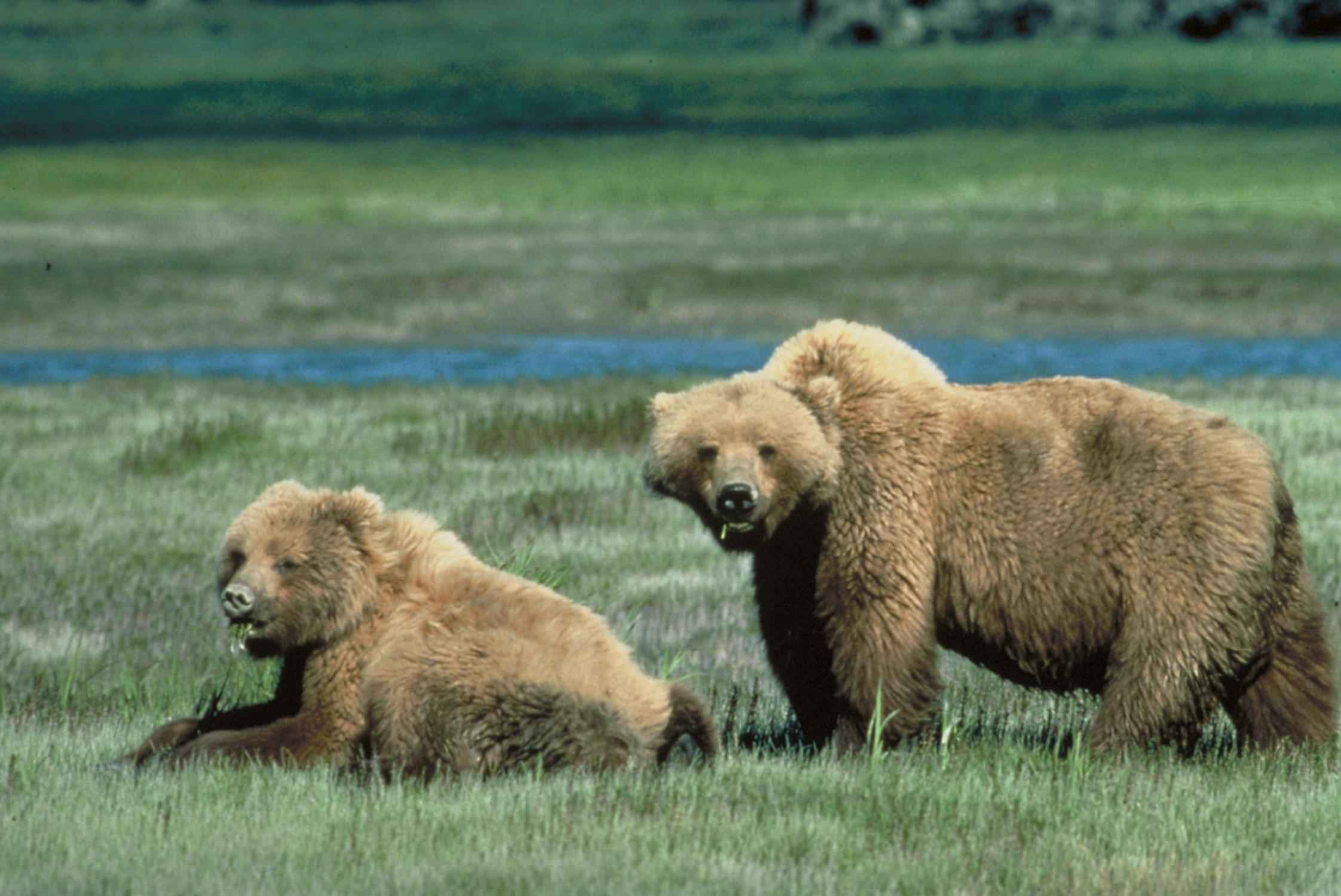Tampilkan postingan dengan label Horse. Tampilkan semua postingan
Tampilkan postingan dengan label Horse. Tampilkan semua postingan
Jumat, 06 Januari 2017
Ovations Live! at Wild Horse Pass
Sabtu, 24 Desember 2016
Wild Horse Mating Live Videos Donkey vs Horse Mating YouTube
audacious plan to reintroduce them to the wild on his country estate
Ovations Live! at Wild Horse Pass
wild horses photogallery wild horses photography wild horses pics wild

Led Zeppelin: 3rd Night, Wild Beach Party. Long Beach Arena, Long
 Thanks for Reading this Article
Thanks for Reading this Article
Jumat, 25 November 2016
Horse Picture – Animal Wallpaper – National Geographic Photo of
Distantly related to the larger, betterknown blackandwhite giant
Live Lobster Royalty Free Stock Photos Image: 34647788
Clouded Leopard

File:Grizzly bears animal wildlife.jpg Wikimedia Commons
 Thank You for Reading this Blog
Thank You for Reading this Blog
Kamis, 24 November 2016
View bigger Wild Horse Live Wallpaper for Android screenshot
View bigger Minnesota Wild Live Wallpaper for Android screenshot
This common sun skink is much larger and not quite as accomodating.
View bigger Wild Horse Live Wallpaper for Android screenshot
Wild Night quot; is a song by Bon Jovi from their 2001 live album One Wild
Senin, 21 November 2016
Picture of three cowboys at the Wild Horse Race, Miles City, Montana
Photo: Arctic wolf near Ellesmere Island, Canada
Born To Live Wild II Print by Stephen Anderson
live in the sunshine swim in the sea drink the wild airquotessurf
How Do Wild Hamsters Live?
Langganan:
Komentar (Atom)